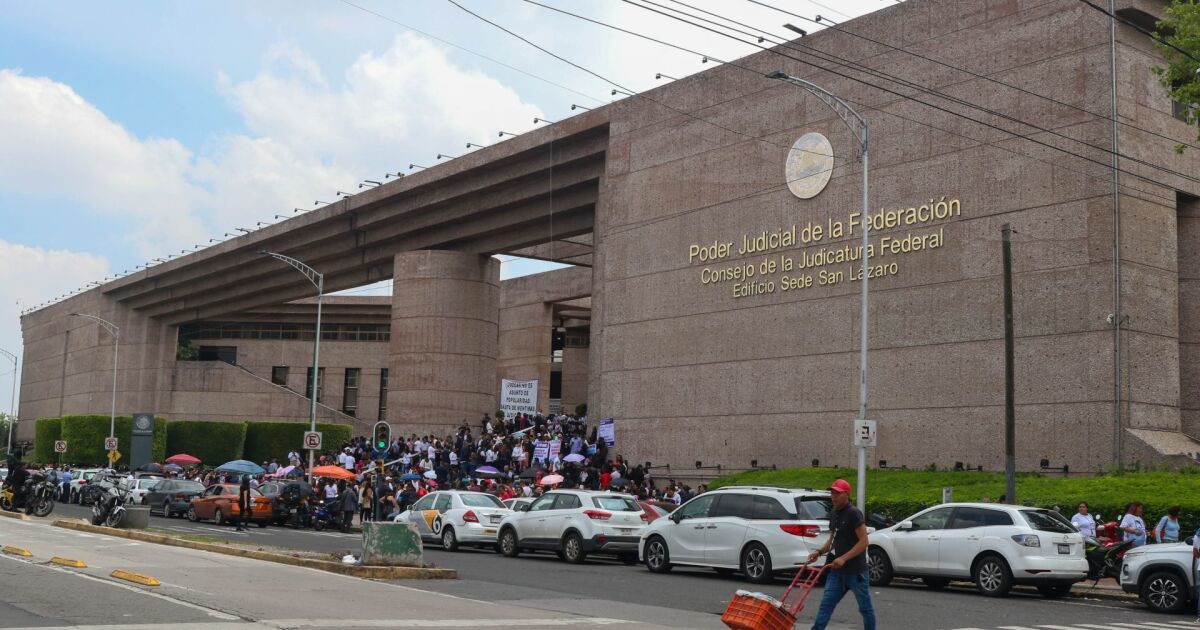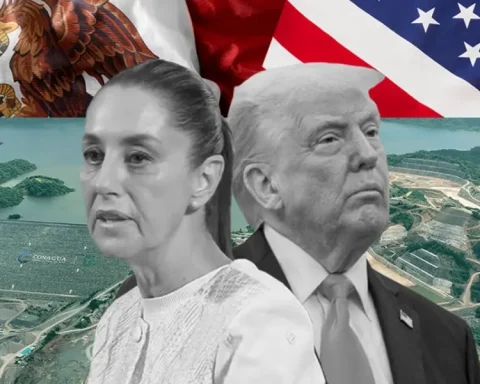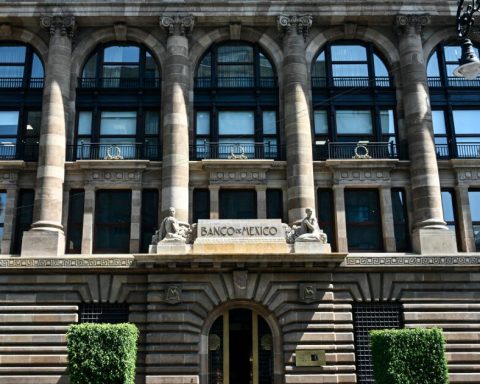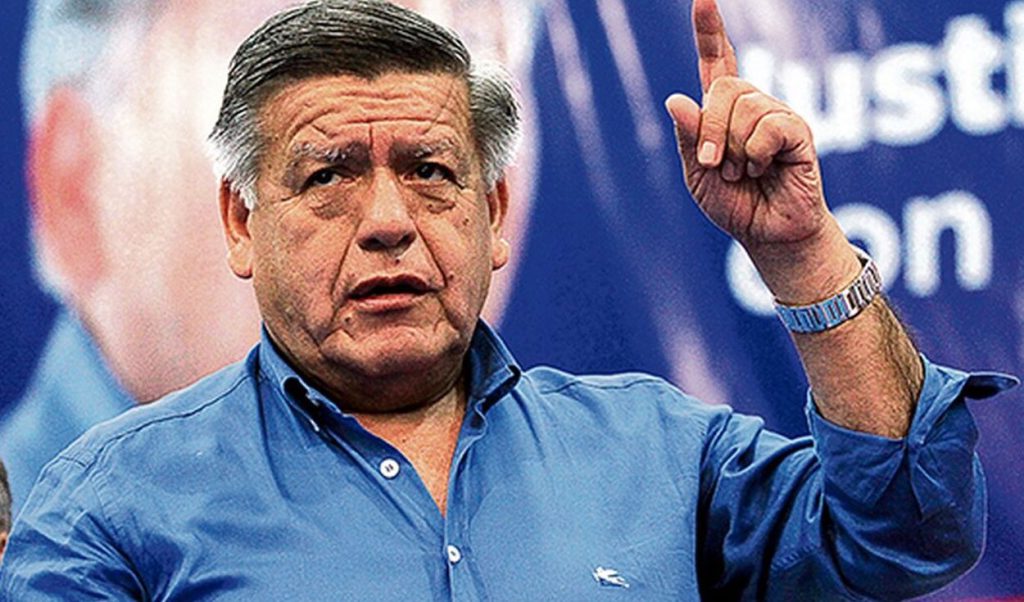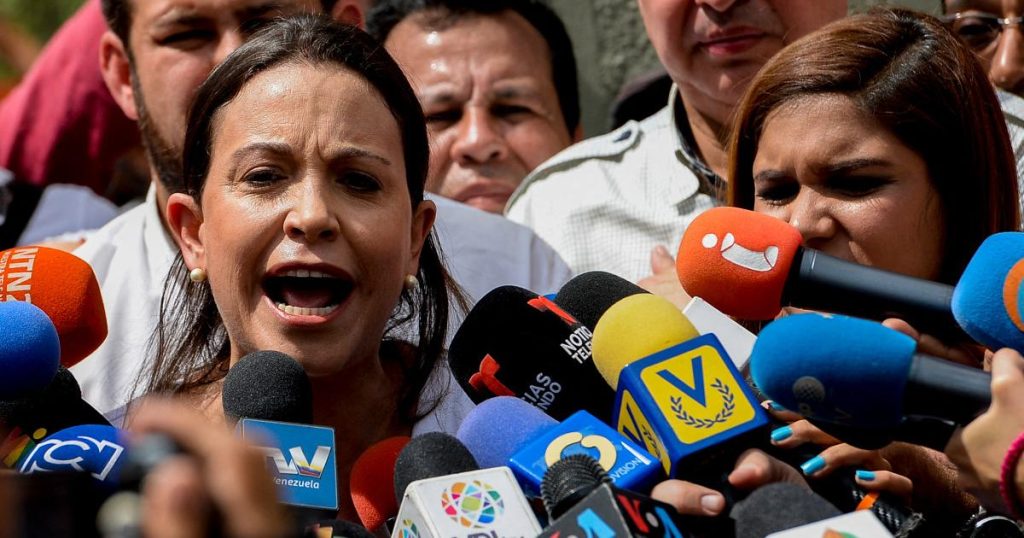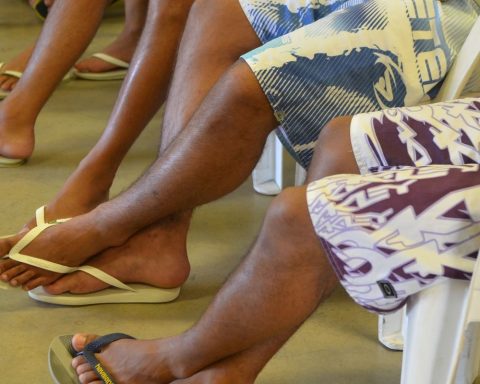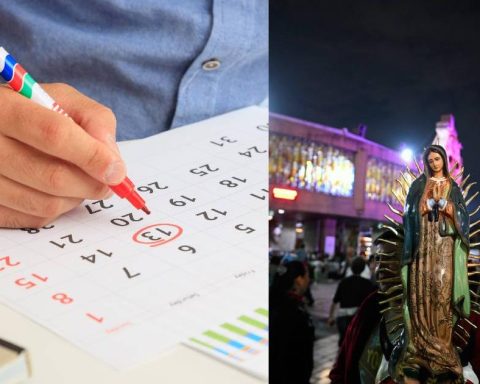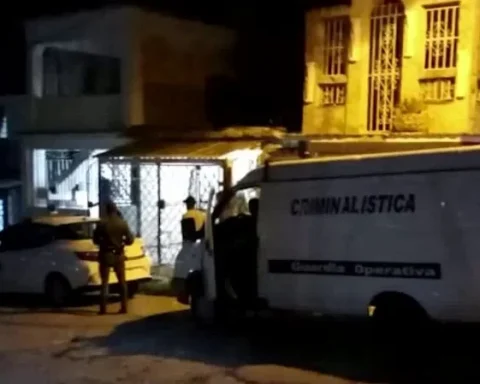The decision is made in compliance with a definitive suspension order issued by the First District Court in the State of Michoacán.
The resolution also orders the Committees of the Executive, Legislative and Judicial Branch comply with the precautionary measure and are given a period of 48 hours, from the time they have been notified, to issue “an administrative agreement to comply with the precautionary measure.”
The document states that if the Evaluation Committees of the Executive and Legislative Branches do not comply with the suspension, “considerable inequity would be caused to the participants in the electoral process.”
It also points out that if the Committee does not comply with the order, a fine of 107,000 pesos will be applied to each of the members.
What is the process for choosing candidates?
Currently the three Committees of the Executive, Legislative and Judicial are in the second phase to elect the candidates for judges, since they have until February 12 to submit the lists with the names of the people they consider “suitable” for the 881 positions to be elected in June 2025.
In this second phase, 19,356 applicants from the three Powers of the Union will participate. The third phase will be a process of insaculation or raffle to “adjust” the number of applicants for each position.
There will be three candidates for minister of the Supreme Court of Justice of the Nation (SCJN), for magistrates of the Electoral Tribunal of the Judicial Branch of the Federation (TEPJF) and for the Disciplinary Court; two more will be for Circuit magistrates and District judges.
The final lists must be sent to each Branch of the Union for “approval”; That is to say, although the Committees elect the candidates, it will be the Executive, the Legislative and the Judicial who approve or reject the contenders.
Afterwards, the final lists with the names of the candidates must be sent to the Senate to be published and in turn sent to the National Electoral Institute (INE) for the beginning of campaigns.
